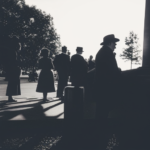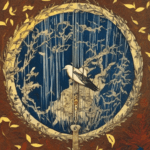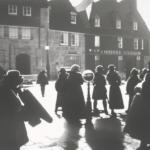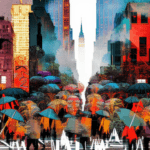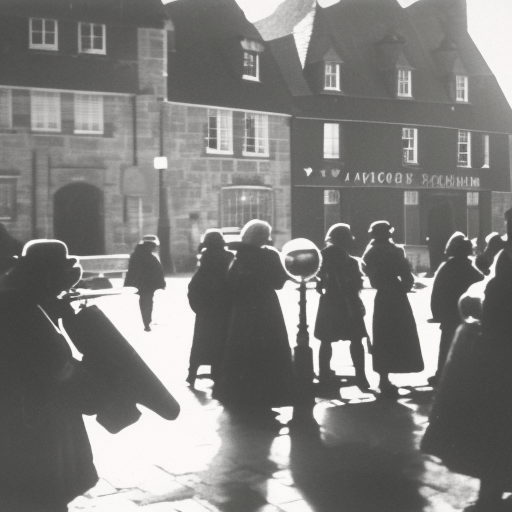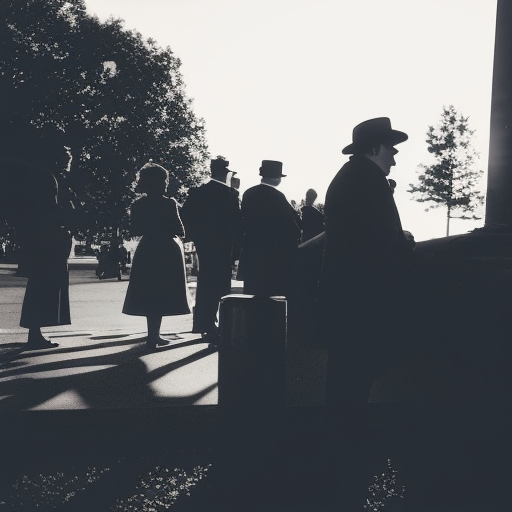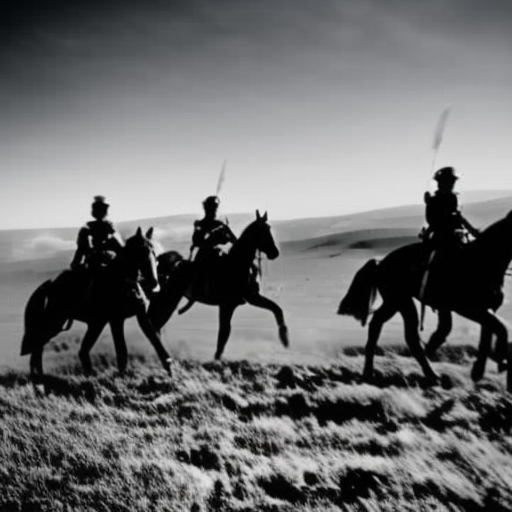The Jacobite Rebellions: A Struggle for the British Throne
The Jacobite Rebellions were a series of uprisings that took place in Britain and Ireland between 1688 and 1746. These rebellions were led by supporters of the exiled Stuart dynasty, who sought to restore the Catholic James II and his descendants to the throne. The conflicts were marked by fierce battles, political intrigue, and a deep divide between the Protestant majority and the Catholic minority in Britain.
The Glorious Revolution and the Rise of Jacobitism
The roots of the Jacobite Rebellions can be traced back to the Glorious Revolution of 1688. This event saw James II, a Catholic monarch, deposed in favor of his Protestant daughter Mary and her husband William of Orange. Many Catholics and some Protestants in Britain remained loyal to James and his heirs, refusing to accept the new Protestant regime. These loyalists became known as Jacobites, named after the Latin form of James, “Jacobus.”
The First Jacobite Rebellion (1689-1692)
The first major Jacobite uprising occurred in 1689, when James II’s supporters in Scotland and Ireland rose up against William and Mary. The rebellion was initially successful in Scotland, where the Jacobites won several battles and briefly controlled the city of Edinburgh. However, their momentum was halted at the Battle of Killiecrankie in 1689, where the Jacobite leader, John Graham of Claverhouse, was killed. Despite subsequent victories, the rebellion ultimately failed due to a lack of support from foreign powers and internal divisions among the Jacobite leadership.
The Second Jacobite Rebellion (1715)
The second major Jacobite rebellion took place in 1715, following the death of Queen Anne and the ascension of the Protestant Hanoverian dynasty. The rebellion was centered in Scotland, where James Francis Edward Stuart, known as the “Old Pretender,” sought to claim the throne. The Jacobites managed to capture several key towns in Scotland, but their advance was eventually halted at the Battle of Sheriffmuir in 1715. With no foreign support and facing a well-organized Hanoverian army, the rebellion collapsed, and the Jacobite leaders fled into exile.
The Third Jacobite Rebellion (1745-1746)
The third and final Jacobite rebellion, also known as the “Forty-Five,” was the most significant and well-known. It was led by Charles Edward Stuart, the grandson of James II and known as “Bonnie Prince Charlie.” The rebellion began in Scotland in 1745, with Charles gathering support from Highland clans and winning several early victories. His forces reached as far south as Derby in England before retreating back to Scotland due to a lack of support and the approach of a large Hanoverian army.
The decisive battle of the rebellion took place at Culloden Moor in April 1746. The Jacobites, outnumbered and outgunned, were defeated by the Hanoverian forces in a brutal and one-sided battle. This defeat marked the end of the Jacobite cause and effectively ended any serious attempts to restore the Stuart dynasty to the British throne.
Legacy and Impact
The Jacobite Rebellions had a profound impact on British history. They highlighted the deep religious and political divisions within the country and the ongoing struggle for power between Catholics and Protestants. The rebellions also led to a significant increase in government control and surveillance, as the British authorities sought to prevent future uprisings. Additionally, the Jacobite cause became a symbol of Scottish nationalism and resistance to English dominance, with Bonnie Prince Charlie and the Battle of Culloden becoming enduring symbols of Scottish identity.
In conclusion, the Jacobite Rebellions were a series of uprisings that sought to restore the Catholic Stuart dynasty to the British throne. Despite some early successes, the rebellions ultimately failed due to a lack of foreign support, internal divisions, and the superior military strength of the Hanoverian forces. The legacy of the Jacobite cause continues to resonate in British and Scottish history, highlighting the ongoing struggle for power and the complexities of religious and political identity.
